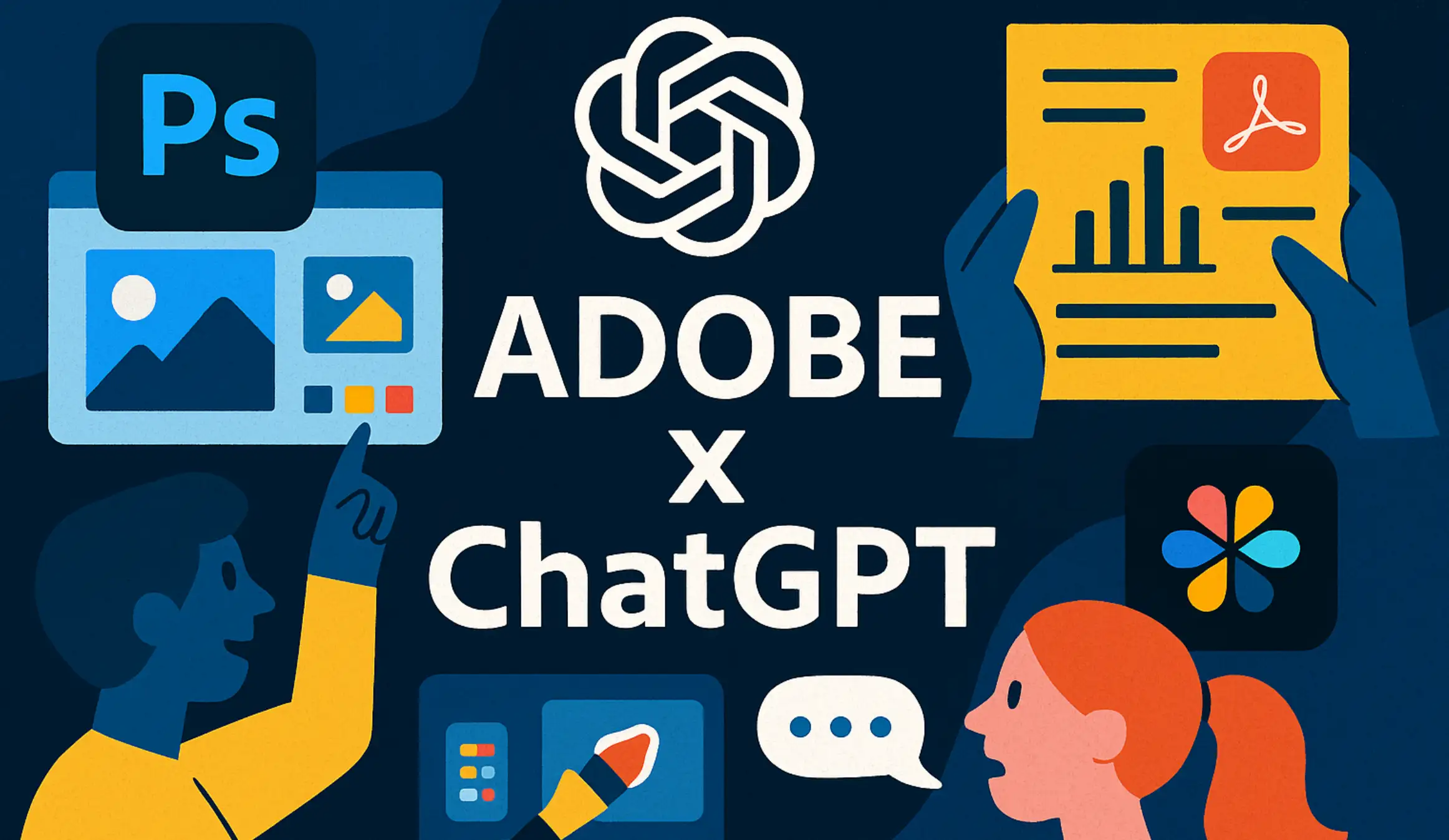How to Start A Profitable Blog In 2024 In 10 Steps
Updated on
Published on

Are you thinking of starting your blog in 2024?
Starting a successful blog in 2024 requires careful planning, strategic decision-making, and consistent effort. In this guide, we'll guide you through the key steps and strategies to help you launch and grow a thriving blog this year.

1. Define Your Niche and Audience
Before diving into the technical aspects of setting up your blog, it's crucial to define your niche and target audience. Your niche should align with your interests, expertise, and passion. Consider what topics you're knowledgeable about and what you're enthusiastic about sharing with others. Your niche could be anything from travel and food to personal finance and technology.
Once you've identified your niche, think about your target audience. Who are the people you want to reach with your blog? What are their interests, needs, and pain points? Understanding your audience will help you tailor your content to their preferences and create a more engaging and relevant blog.
2. Choose a Memorable Domain Name
Your domain name is the web address where users can find your blog online. It's essential to choose a domain name that is memorable, easy to spell, and reflects your blog's topic or brand. Ideally, your domain name should be short, catchy, and relevant to your niche. When selecting a domain name, consider using keywords related to your niche to improve your blog's search engine visibility. Avoid using hyphens, numbers, or obscure spelling variations that could confuse users. Once you've chosen a domain name, check its availability and register it with a reputable domain registrar.
3. Select a Reliable Hosting Provider
Choosing the right hosting provider is crucial for ensuring your blog's performance, security, and reliability. Look for a hosting provider that offers fast loading times, robust security features, and excellent customer support. Bluehost, SiteGround, and HostGator are popular hosting providers known for their reliability and affordability. Consider your budget and the level of technical support you may need when selecting a hosting plan. Shared hosting plans are cost-effective for beginners, while managed WordPress hosting offers more advanced features and support services. Evaluate different hosting options based on your needs and preferences before making a decision.
4. Install WebFlow/WordPress and Customize Your Blog

WebFlow is the most popular content management system for blogging, offering a user-friendly interface, customizable themes, and a wide range of plugins for added functionality. Once you've signed up for a hosting plan, you can install WordPress or WebFlow with just a few clicks using your hosting provider's control panel. After the installation, you can choose a theme that suits your blog's style and design preferences. For more customization options, look through the themes that are currently available in the WordPress Directory or think about designing a website with Brand Vision Marketing. Customize your theme by adding your logo, adjusting colours and fonts, and configuring layout settings to create a unique look for your blog.
5. Create Compelling Content
Content is king in the blogging world, so focus on creating high-quality, valuable content that resonates with your audience. Write blog posts that address your audience's interests, questions, and pain points, providing helpful information and actionable advice. Aim for a balance between evergreen content that remains relevant over time and timely content that reflects current trends and developments in your niche.
In addition to written blog posts, consider incorporating other types of content, such as videos, infographics, and podcasts, to diversify your content strategy and engage different audience segments. Experiment with different formats and topics to see what resonates best with your audience and drives the most engagement.
6. Optimize Your Content for SEO
Search engine optimization (SEO) is essential for improving your blog's visibility and driving organic traffic from search engines like Google. Optimize your blog posts for relevant keywords and phrases related to your niche, including them in your titles, headings, meta descriptions, and throughout your content. Use descriptive alt tags for images, optimize your URLs, and interlink your blog posts to improve your site's overall SEO performance. Additionally, focus on creating valuable, shareable content that attracts backlinks from other reputable websites, further boosting your blog's authority and search engine rankings.
7. Promote Your Blog
Promotion is key to attracting an audience and growing your blog's reach. Use social media platforms like Facebook, Twitter, Instagram, and LinkedIn to share your blog posts and engage with your audience. Join relevant online communities, forums, and groups where your target audience hangs out and participates in discussions, offering valuable insights and promoting your blog when appropriate. Collaborate with other bloggers, influencers, and brands in your niche to cross-promote each other's content and reach a wider audience. Guest posting on other blogs and websites can also help increase your blog's visibility and attract new readers. Invest time and effort in building relationships with other bloggers and influencers in your niche, as these connections can be invaluable for growing your blog over time. Moreover, writers who are looking to enhance their understanding of business management, essay writing services can provide valuable insights and support. For those looking for expert guidance in expanding their reach, advertising agencies Dubai can help develop targeted strategies and optimize engagement across platforms.
8. Analyze and Iterate
Regularly monitor your blog's performance and analyze key metrics like traffic, engagement, and conversion rates. Use tools like Google Analytics, Google Search Console, and social media analytics to track your blog's performance and identify areas for improvement. Pay attention to which blog posts perform best in terms of traffic, engagement, and conversions, and use this data to inform your content strategy moving forward. Experiment with different types of content, publishing frequencies, and promotion strategies to see what works best for your audience.
9. Monetize

Monetization is a crucial aspect of running a successful blog, as it allows you to generate revenue from your efforts and sustain your blogging business. Here are several monetization strategies you can consider implementing on your blog in 2024:
1. Display Advertising: One of the most common monetization methods for bloggers is display advertising. Platforms like Google AdSense, Media.net, and AdThrive allow you to display ads on your blog and earn money based on clicks or impressions. You can strategically place ads within your content, sidebar, or header/footer to maximize revenue without compromising user experience.
2. Affiliate Marketing: Affiliate marketing involves promoting products or services through unique affiliate links and earning a commission for each sale or referral generated. Join affiliate programs relevant to your niche and promote products or services that align with your audience's interests and needs. Incorporate affiliate links naturally within your content, product reviews, or resource pages to increase conversion rates.
3. Sponsored Content: Collaborate with brands, companies, or advertisers to create sponsored content that promotes their products or services. Sponsored blog posts, reviews, tutorials, or social media mentions can provide an additional revenue stream while offering valuable exposure to your audience. Ensure that sponsored content is transparent and clearly disclosed to maintain trust and authenticity with your readers.
4. Digital Products: Create and sell digital products such as e-books, online courses, templates, guides, or downloadable resources related to your niche. Leverage your expertise and knowledge to develop valuable content that addresses your audience's pain points and offers practical solutions. Use platforms like Gumroad, Teachable, or Podia to host and sell your digital products directly to your audience.
5. Membership or Subscription Model: Offer premium content, exclusive resources, or member-only benefits through a subscription-based membership program. Create a membership site or private community where members can access valuable content, interact with each other, and receive personalized support or coaching. Use membership plugins like MemberPress or Restrict Content Pro to manage subscriptions and access control.
6. Freelancing or Consulting Services: Utilize your blog as a platform to showcase your expertise and attract clients for freelance work or consulting services. Offer specialized services such as writing, design, coaching, marketing, or business consulting based on your skills and experience. Use your blog as a portfolio to demonstrate your capabilities and expertise to potential clients.
7. Event Sponsorships or Speaking Engagements: Explore opportunities to monetize your expertise through speaking engagements, workshops, webinars, or live events. Partner with event organizers, conference hosts, or brands seeking speakers or sponsors in your niche. Participate as a speaker or panellist at industry events, conferences, or workshops to showcase your expertise and establish credibility within your niche.
8. Physical Products or Merchandise: Create and sell physical products or merchandise related to your blog's brand or niche. Offer branded merchandise such as apparel, accessories, stationery, or lifestyle products that resonate with your audience and align with your blog's identity. Use e-commerce platforms like Shopify, WooCommerce, or Etsy to sell your products directly to customers online.
9. Donations or Crowdfunding: Allow your audience to support your blog through voluntary donations, tips, or crowdfunding campaigns. Use platforms like Patreon, Buy Me a Coffee, or PayPal.me to accept contributions from loyal readers who appreciate your content and want to support your work financially. Offer exclusive perks, rewards, or recognition to donors as a token of appreciation for their support.
10. Content Licensing or Syndication: License your blog content to third-party publishers, media outlets, or websites in exchange for a licensing fee or syndication agreement. Explore opportunities to repurpose your blog posts, articles, or multimedia content for distribution on other platforms or publications. Negotiate favourable terms and agreements to ensure proper attribution and compensation for your intellectual property.
Implementing a combination of these monetization strategies can help diversify your revenue streams and maximize your earning potential as a blogger. Experiment with different approaches to build a profitable blog that generates sustainable income and supports your long-term blogging goals in 2024 and beyond.
10. Frequently Asked Questions (FAQs)

1. How much does it cost to start a blog?
The cost of starting a blog can vary depending on your needs and preferences. Generally, you can expect to spend money on domain registration, web hosting, and possibly premium themes or plugins. However, there are also free options available, such as using a free domain with WordPress or WebFlow or opting for free hosting platforms. Keep in mind that while free options may be appealing initially, they often come with limitations and restrictions.
2. Do I need coding skills to start a blog?
No, you don't need coding skills to start a blog, especially with user-friendly platforms like WebFlow. These platforms offer intuitive interfaces, drag-and-drop builders, and pre-designed templates that make it easy for beginners to create and customize their blogs without any coding knowledge. However, having some basic understanding of HTML, CSS, and JavaScript can be helpful for making advanced customizations and troubleshooting issues.
3. How can I drive traffic to my blog?
Driving traffic to your blog requires a combination of strategies, including creating high-quality content, optimizing it for search engines (SEO), promoting it on social media, engaging with your audience, and building backlinks from reputable websites. You can also explore paid advertising, guest posting on other blogs, collaborating with influencers, and participating in online communities and forums related to your niche. Consistency and persistence are key to growing your blog's audience over time.
Starting a successful blog in 2024 requires careful planning, consistent effort, and a focus on providing value to your audience. By defining your niche, choosing a memorable domain name, selecting a reliable hosting provider, creating compelling content, optimizing for SEO, promoting your blog, and analyzing your performance, you can lay the foundation for a thriving blog that attracts readers and drives results.







